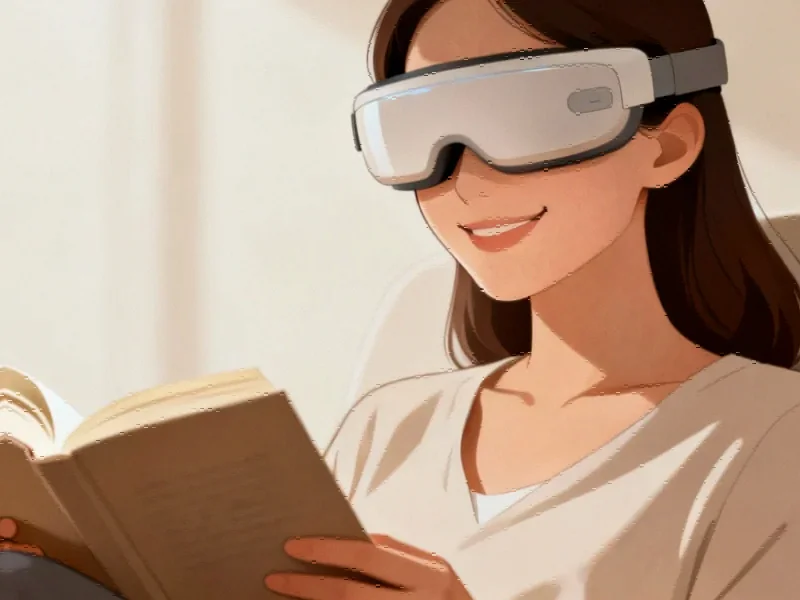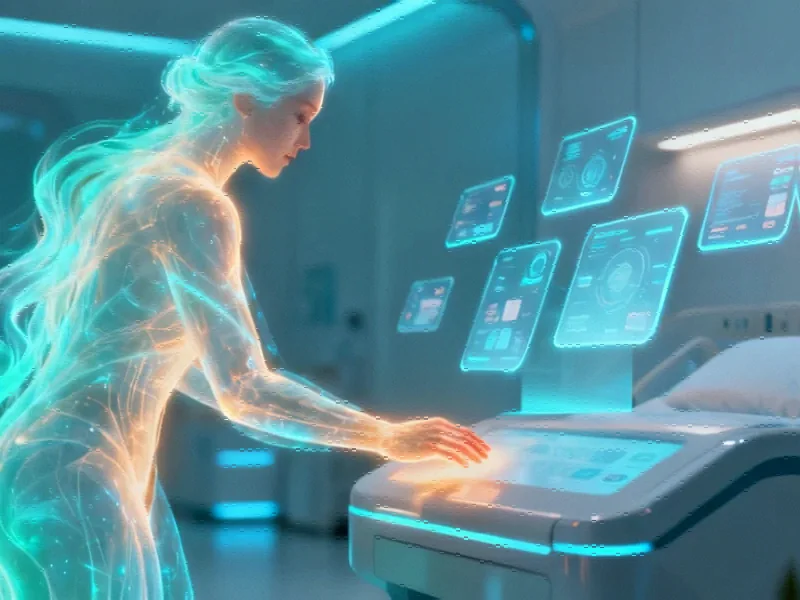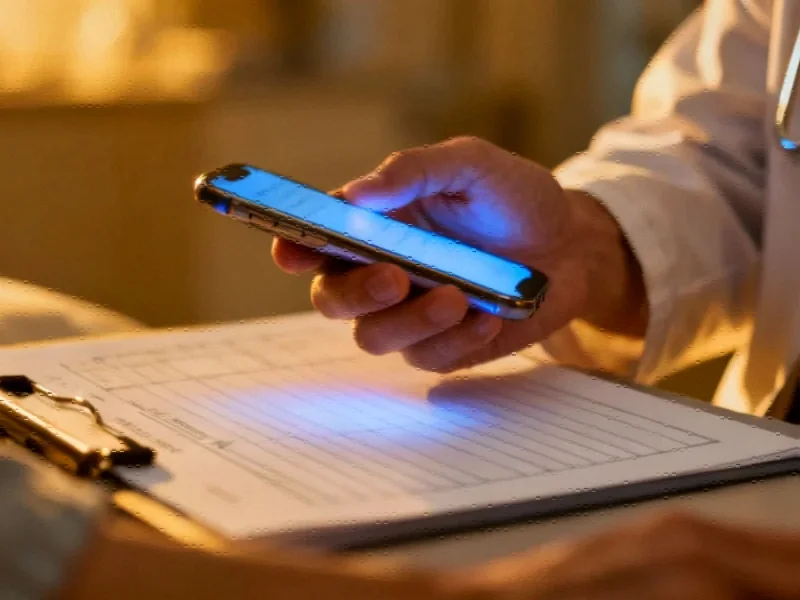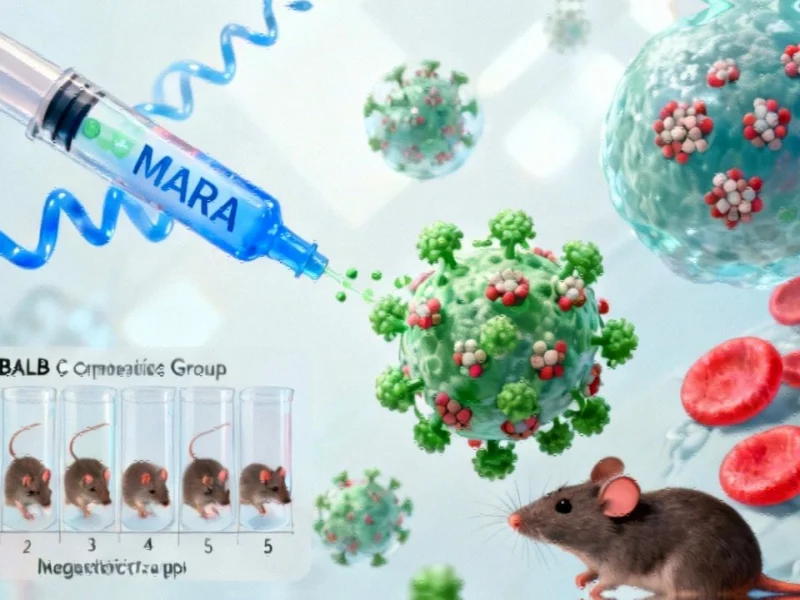Medical Technology Milestone: How Retinal Implants Are Transforming Vision Care
A revolutionary retinal implant technology is enabling blind patients to read again, marking a significant advancement in bioelectronic medicine and neuroprosthetics. At Moorfields Eye Hospital in London, surgeons have successfully implanted microchips in five patients with geographic atrophy, an advanced form of dry age-related macular degeneration that affects millions worldwide.
The results have been described as “astounding” by the surgical team, with patients like 70-year-old Sheila Irvine expressing overwhelming joy at regaining the ability to read and complete crossword puzzles. “It’s out of this world,” Irvine told the BBC, demonstrating the profound impact this revolutionary retinal implant technology is having on quality of life.
Technical Innovation Behind the Vision Restoration
The implant works by bypassing damaged photoreceptor cells in the retina and directly stimulating the remaining healthy retinal cells. This approach represents a sophisticated integration of microelectronics and neural interface technology, requiring precise surgical placement at the back of the eye.
Unlike previous vision restoration attempts, this system maintains functionality even as the underlying disease progresses, offering long-term benefits for patients. The technology’s success highlights how recent technology developments in artificial intelligence and miniaturized computing are enabling new medical breakthroughs.
Addressing a Growing Global Health Challenge
Geographic atrophy affects more than 250,000 people in the UK alone and approximately five million worldwide. This condition represents the most advanced form of dry age-related macular degeneration, where progressive damage to retinal cells leads to permanent vision loss, particularly in the central visual field used for reading and facial recognition.
The successful implementation of these implants comes at a critical time, as market trends in healthcare technology show increasing investment in solutions for age-related conditions. The aging global population makes such innovations increasingly vital for maintaining quality of life in later years.
Clinical Impact and Patient Outcomes
Patients participating in the international trial have reported life-changing improvements in their daily activities. The ability to read again represents more than just functional recovery—it signifies a restoration of independence and engagement with the world.
“It gives me such pleasure,” said Irvine, whose emotional reaction to being able to read again demonstrates the psychological and social benefits beyond mere visual function. This breakthrough shows how strategic industry developments in medical technology can create meaningful human impact.
Future Implications and Technological Convergence
The success of retinal implants points toward a future where bioelectronic medicine could address various neurological and sensory conditions. As the technology evolves, researchers anticipate improvements in resolution, compatibility, and accessibility.
This medical advancement also highlights the importance of reliable infrastructure, as demonstrated by recent related innovations in computing infrastructure that support critical healthcare technologies. The convergence of medical science, electronics, and computing continues to drive remarkable progress in treating conditions once considered untreatable.
Broader Industry Significance
The retinal implant breakthrough represents a significant milestone in the broader field of medical technology and bioelectronics. It demonstrates how interdisciplinary collaboration between medical professionals, engineers, and computer scientists can produce solutions that dramatically improve human capabilities.
As this technology progresses through clinical trials and toward broader availability, it sets a new standard for what’s possible in sensory restoration and establishes a promising direction for future industry developments in medical computing and neural interfaces.
This article aggregates information from publicly available sources. All trademarks and copyrights belong to their respective owners.
Note: Featured image is for illustrative purposes only and does not represent any specific product, service, or entity mentioned in this article.



